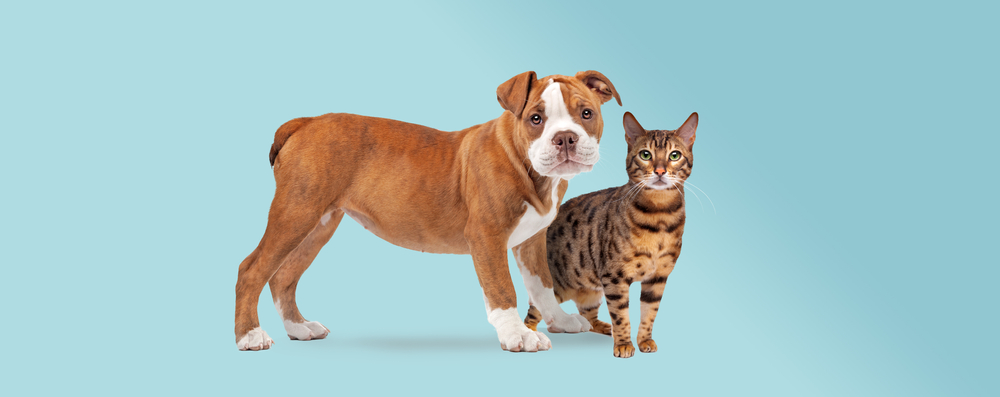Urinary blockages in pets are potentially life-threatening conditions that require immediate veterinary attention. Both dogs and cats can suffer from this medical issue, and recognizing the signs of a problem early is the best way to find the necessary treatment. Keep reading to learn more about recognizing and responding to a urinary blockage in cats and dogs:
Urinary Blockage in Dogs
A urinary obstruction, or urinary blockage in dogs, occurs when the animal is unable to urinate. In normal circumstances, urine is stored in the bladder, and when the dog is ready to release it, it travels through the urethra and out through the urethral opening. When there is a blockage, it might be located inside the bladder or the urethra. While it is not as common of a condition in canines, it is possible and requires veterinary intervention.
Recognizing a Urinary Blockage in Dogs
Many factors could contribute to a urinary blockage in dogs, including mucus plugs, bladder stones, cancer, urinary tract infections, and scarring. If you notice any of the following in your dog, he might be dealing with a urinary blockage and require veterinary attention:
- Inability to urinate may look like they are trying to urinate, but nothing comes out, or dribbling urine
- Pain in the belly area
- Lethargy
- No appetite
- Heavy breathing
If you notice any of the above, it is important to call your vet at once. The bladder must be expressed as soon as possible to clear the blockage and prevent further health issues.
Urinary Blockage in Cats
Unfortunately, urinary blockages are far more common in cats. A urinary blockage in cats occurs in the urethra and can cause urine to flow back into the bladder. Once this happens, uremic toxins can make their way into the bloodstream. Without prompt attention, the bladder can rupture, and acute kidney failure and death can occur very quickly.
Recognizing a Urinary Blockage in Cats
Pay close attention to your cat’s litter box habits and behavior so you can spot any changes as soon as they happen. This condition is especially common in male cats. Common signs of urinary blockage in cats include:
- Urinating outside the litter box (especially if your cat does not normally do this)
- Blood in the urine
- Vocalizing when urinating
- Standing for extended periods of time in the litter box with no results- many people mistake this for constipation
- Small spots in the litter pan, not normal size urine spots
- Vomiting
- Decreased appetite
- Lethargy
- Hiding
- Physical or mental weakness
The sooner you spot signs of a urinary blockage in your cat, the sooner the vet can remove the obstruction. Urinary obstructions are often considered pet emergencies and require immediate care. Depending on the cause of the blockage, the vet might recommend a different diet and increased water intake, which often means the need for wet food. Increasing hydration should help to dilute the urine and hopefully prevent further blockages.
At Union Lake Veterinary Hospital, we understand the importance of effective and thorough veterinary care. Our compassionate staff is here to help with everything from routine visits to unexpected health issues like urinary blockages. We want to partner with you for your pet’s ultimate health and well-being. To learn more about our services or to schedule an appointment, please call 248-363-1508.

